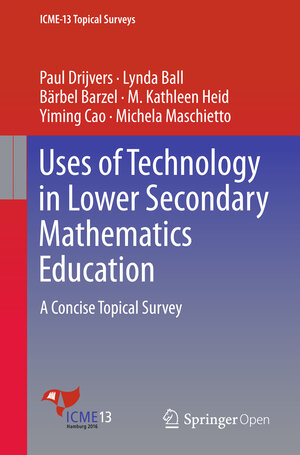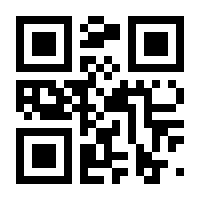
“Uses of Technology in Lower Secondary Mathematics Education … focuses on the recent uses of technology in mathematics education from an international point-of-view through practice-oriented experiences and research based evidence. … offers to the reader suggestions for future work in technology-rich mathematics education and considers a research agenda reflecting those trends. Further, the survey gives predictions on what lower secondary mathematics education may look like in 2025 with respect to the role of digital tools in curricula, teaching, and learning.” (Peter T. Olszewski, MAA Reviews, maa. org, March, 2017)
Uses of Technology in Lower Secondary Mathematics Education
A Concise Topical Survey
von Paul Drijvers und weiterenThis topical survey provides an overview of the current state of the art in technology use in mathematics education, including both practice-oriented experiences and research-based evidence, as seen from an international perspective. Three core themes are discussed: Evidence of effectiveness; Digital assessment; and Communication and collaboration.
The survey’s final section offers suggestions for future trends in technology-rich mathematics education and provides a research agenda reflecting those trends. Predicting what lower secondary mathematics education might look like in 2025 with respect to the role of digital tools in curricula, teaching and learning, it examines the question of how teachers can integrate physical and virtual experiences to promote a deeper understanding of mathematics.
The issues and findings presented here provide an overview of current research and offer a glimpse into a potential future characterized by the effective integration of technology to support mathematics teaching and learning at the lower secondary level.



